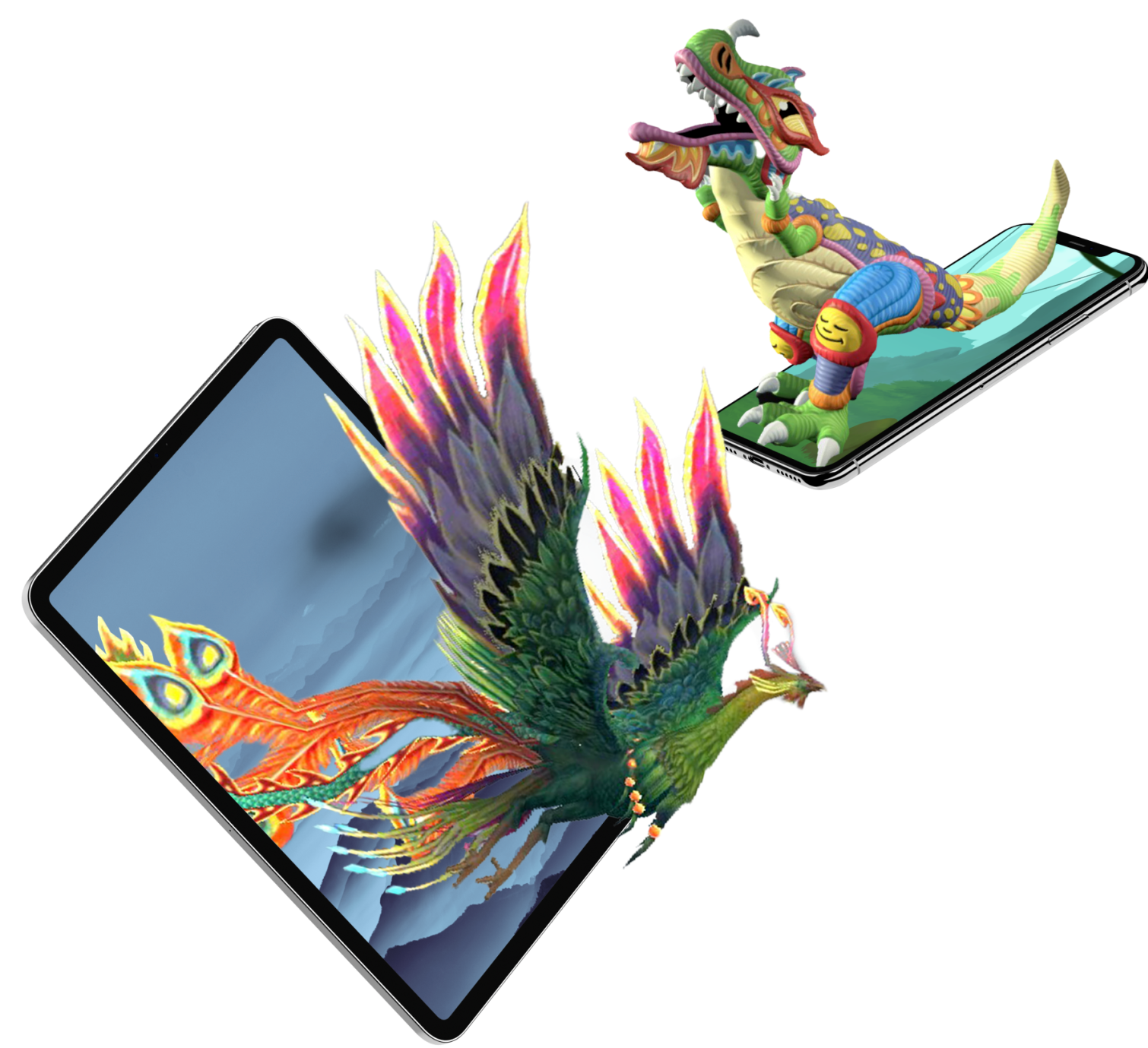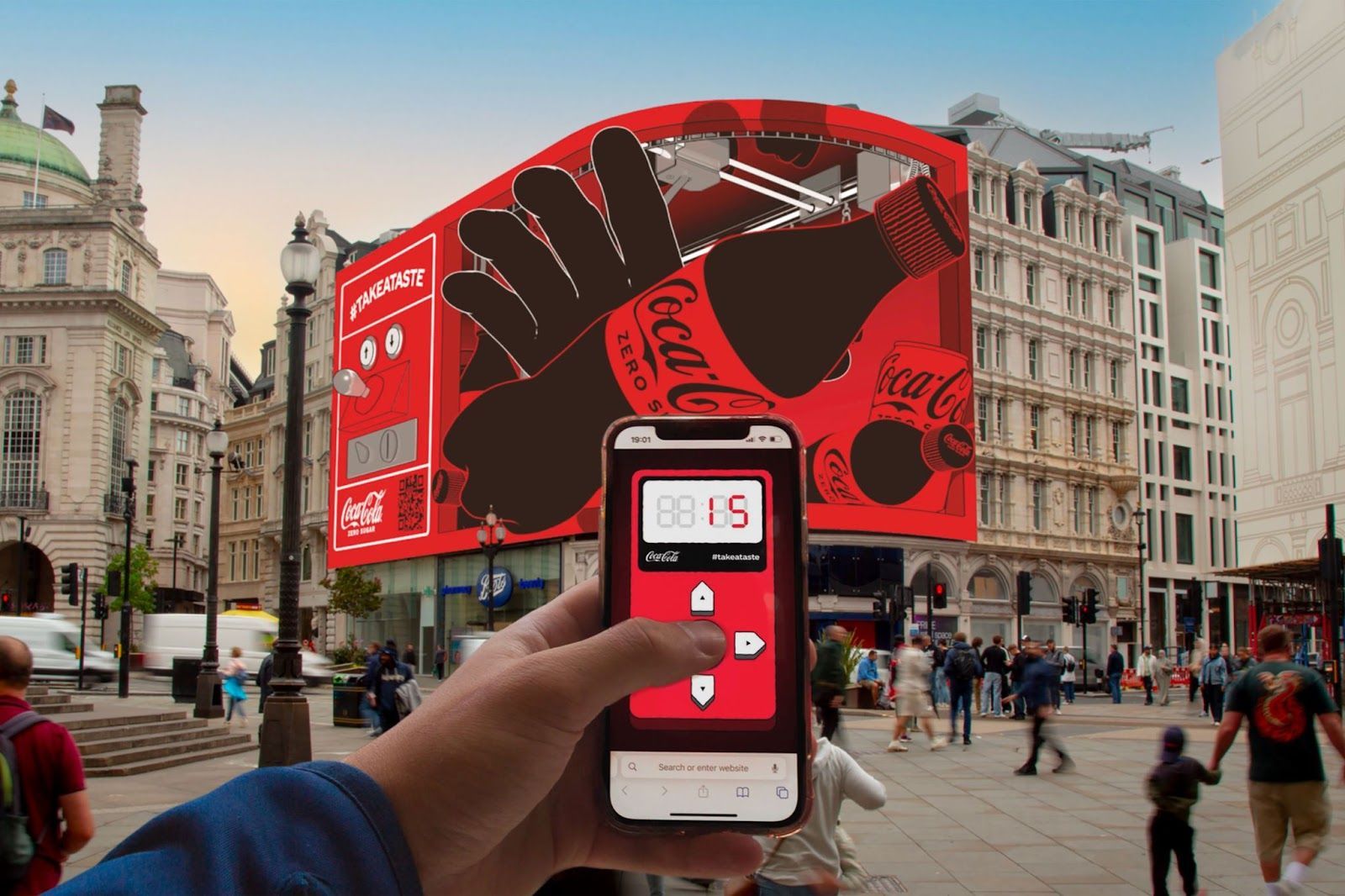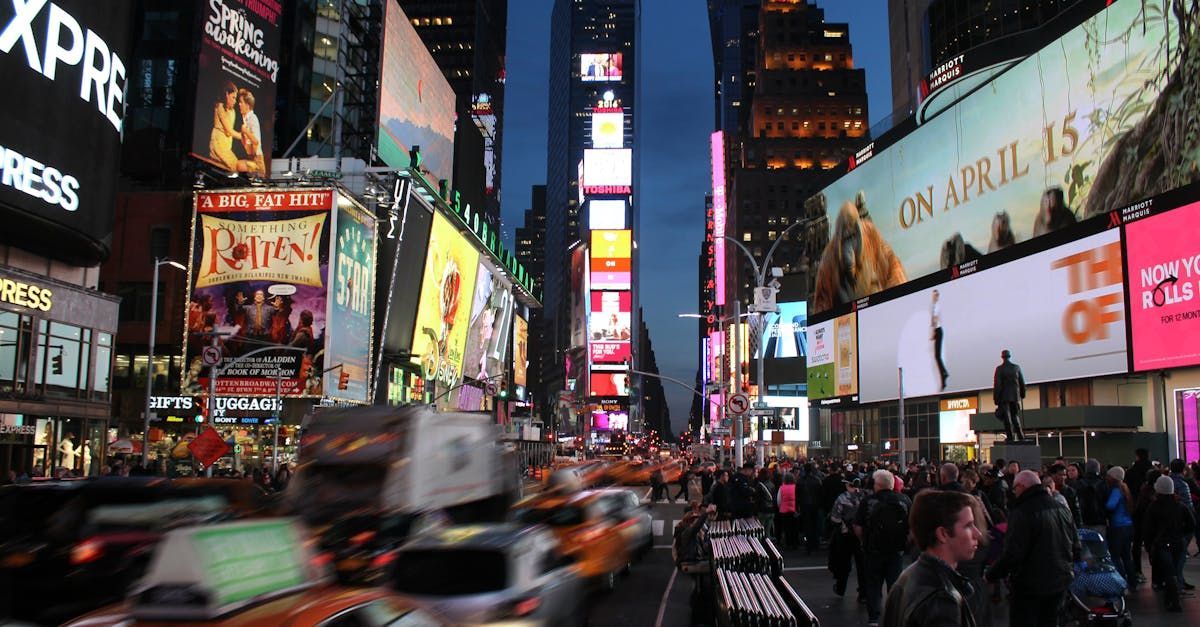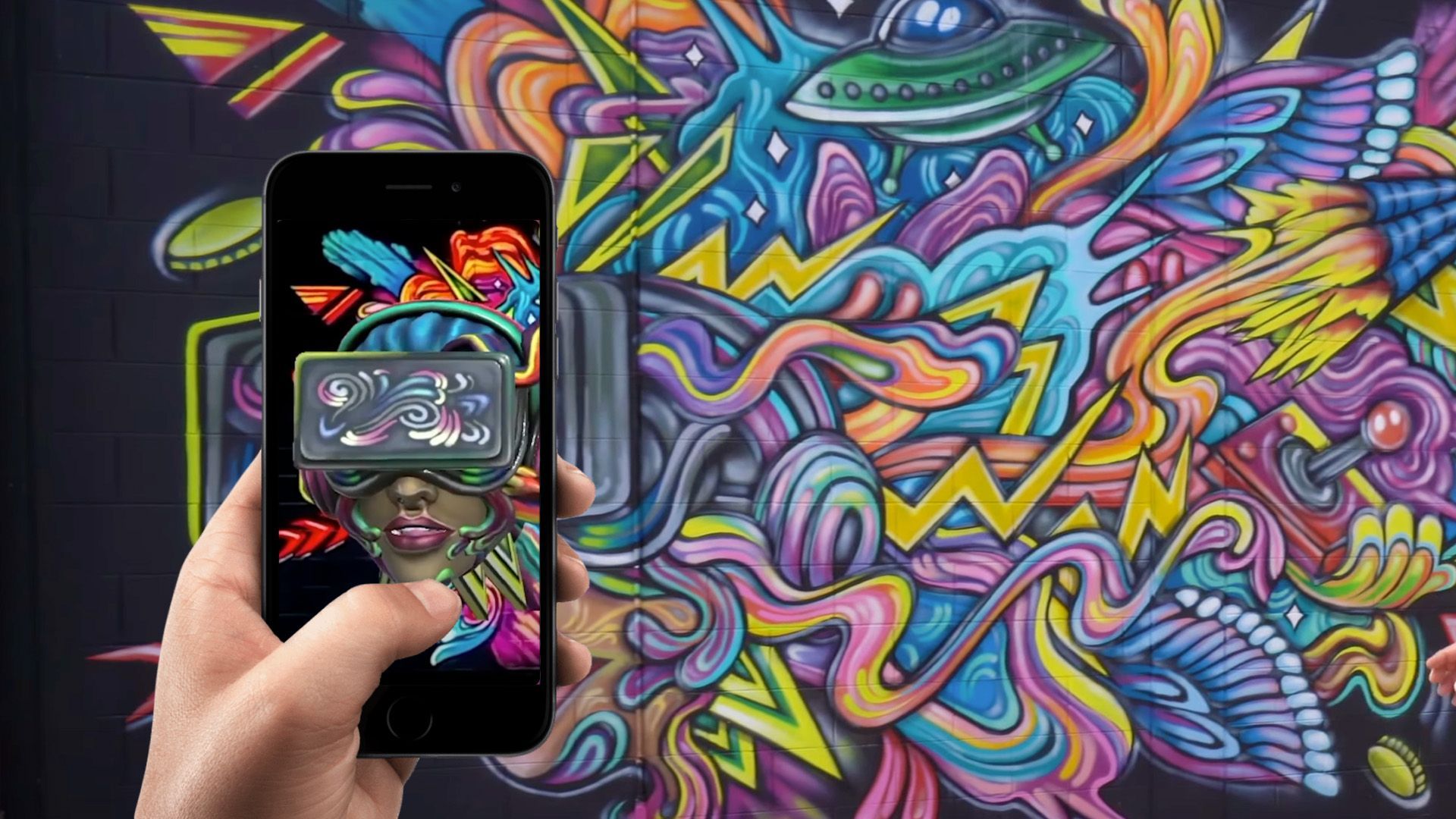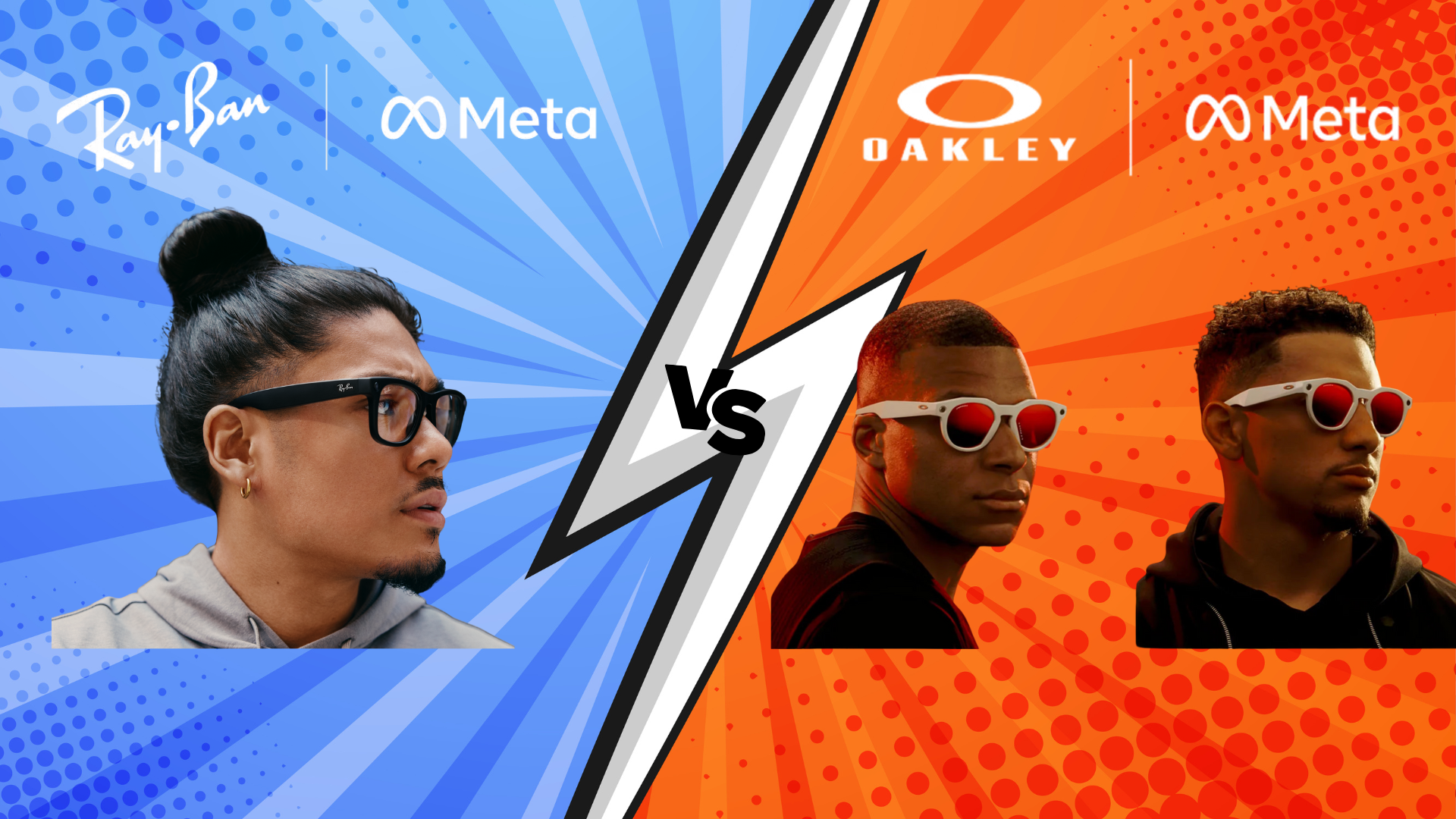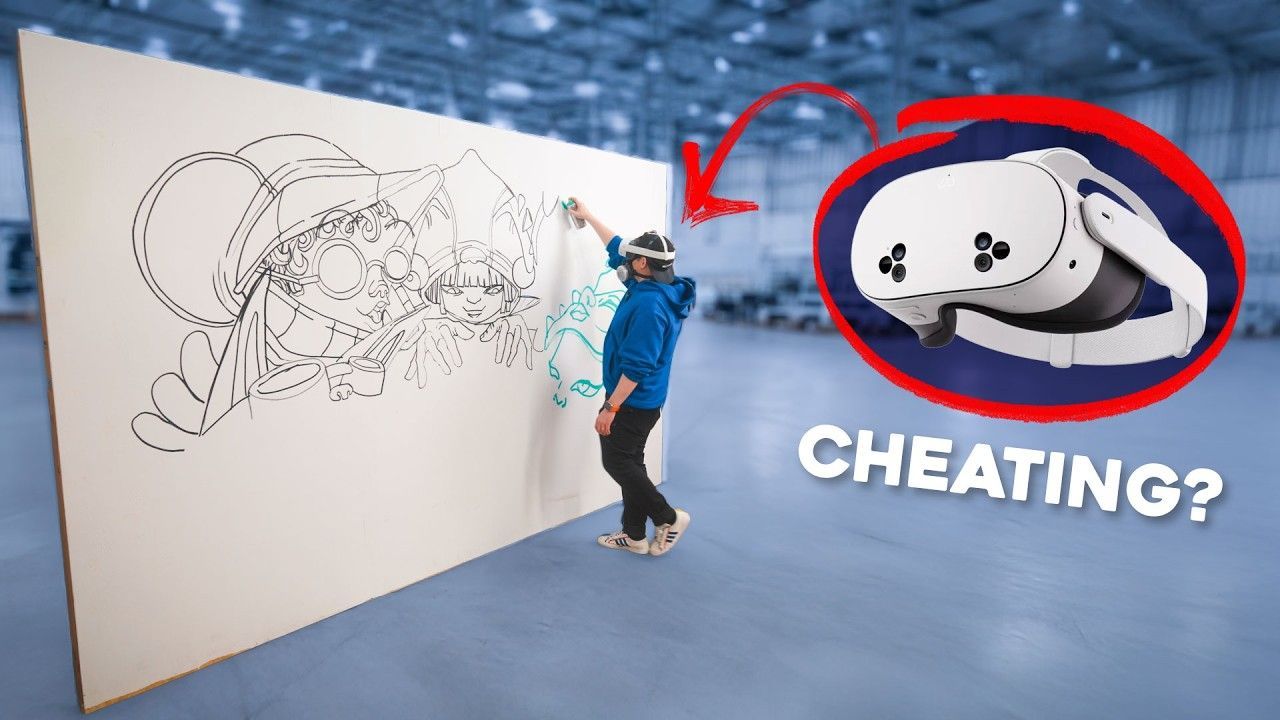Everything You Need to Know about glTF
What are glTF Files?
The Origin of glTF
Imagine a world where 3D graphics can be easily shared and rendered across various platforms and devices without compatibility issues. Sounds incredible, right? That's where glTF, short for GL Transmission Format, comes into play. glTF is a royalty-free, efficient, and open-standard file format designed for the exchange of 3D scenes and models between different applications. Developed by the Khronos Group, the same folks behind the famous OpenGL standard, glTF was created to streamline the process of rendering 3D graphics in real-time.
Benefits of glTF Files
Compact Size
One of the main advantages of glTF files is their compact size. The format was specifically designed to minimize both file size and runtime processing, making it an ideal choice for real-time applications. With reduced file sizes, you'll save valuable bandwidth and storage space.
Efficient Transmission
Speed is of the essence in the world of 3D graphics, and glTF is no slouch when it comes to efficiency. Its binary encoding allows for fast transmission, which is crucial for streaming applications or loading 3D content on the fly.
Versatile Functionality
The flexibility of glTF files makes them suitable for a variety of applications, from virtual and augmented reality to 3D animation and visualization. Its extensible nature allows developers to adapt the format to their specific needs, enabling endless possibilities in the 3D world.
How Do glTF Files Work?
Structure of a glTF File
JSON and Binary Components
A glTF file comprises two main components: a JSON file and optional binary files. The JSON file contains the scene description, including information about the assets, nodes, and animations. The binary files store the actual vertex and index data, textures, and animations.
Scene Description
The scene description is the backbone of any glTF file. It defines the hierarchy and relationship between the various objects in the scene. By specifying nodes, cameras, materials, and textures, the scene description ensures that the 3D content is accurately represented across different platforms.
Assets and Nodes
Assets in a glTF file include geometry, materials, textures, and animations. Nodes are used to create a hierarchy within the scene, allowing for complex relationships between objects, animations, and transformations. Nodes can be parented to one another, creating an intricate web of connections that bring your 3D scene to life.
glTF in the Real World
Virtual Reality and Augmented Reality
In the ever-evolving realms of virtual and augmented reality, glTF shines as the go-to file format. Its compact size and efficient transmission capabilities make it perfect for creating immersive experiences without sacrificing performance. So, next time you don a VR headset or interact with AR content, there's a good chance glTF is working its magic behind the scenes.
3D Modeling and Animation
From indie artists to major studios, glTF is taking the 3D modeling and animation world by storm. Its compatibility across various applications streamlines the creative process, allowing artists to focus on what they do best: bringing their visions to life. Whether it's an intricate character model or a breathtaking environment, glTF enables seamless collaboration and sharing among 3D artists.
Online 3D Visualization
In an age where we crave instant access to information, glTF is paving the way for online 3D visualization. Its compact file size and efficient rendering make it ideal for embedding interactive 3D content into websites and applications. From product showcases to architectural walkthroughs, glTF brings a whole new dimension to online experiences.
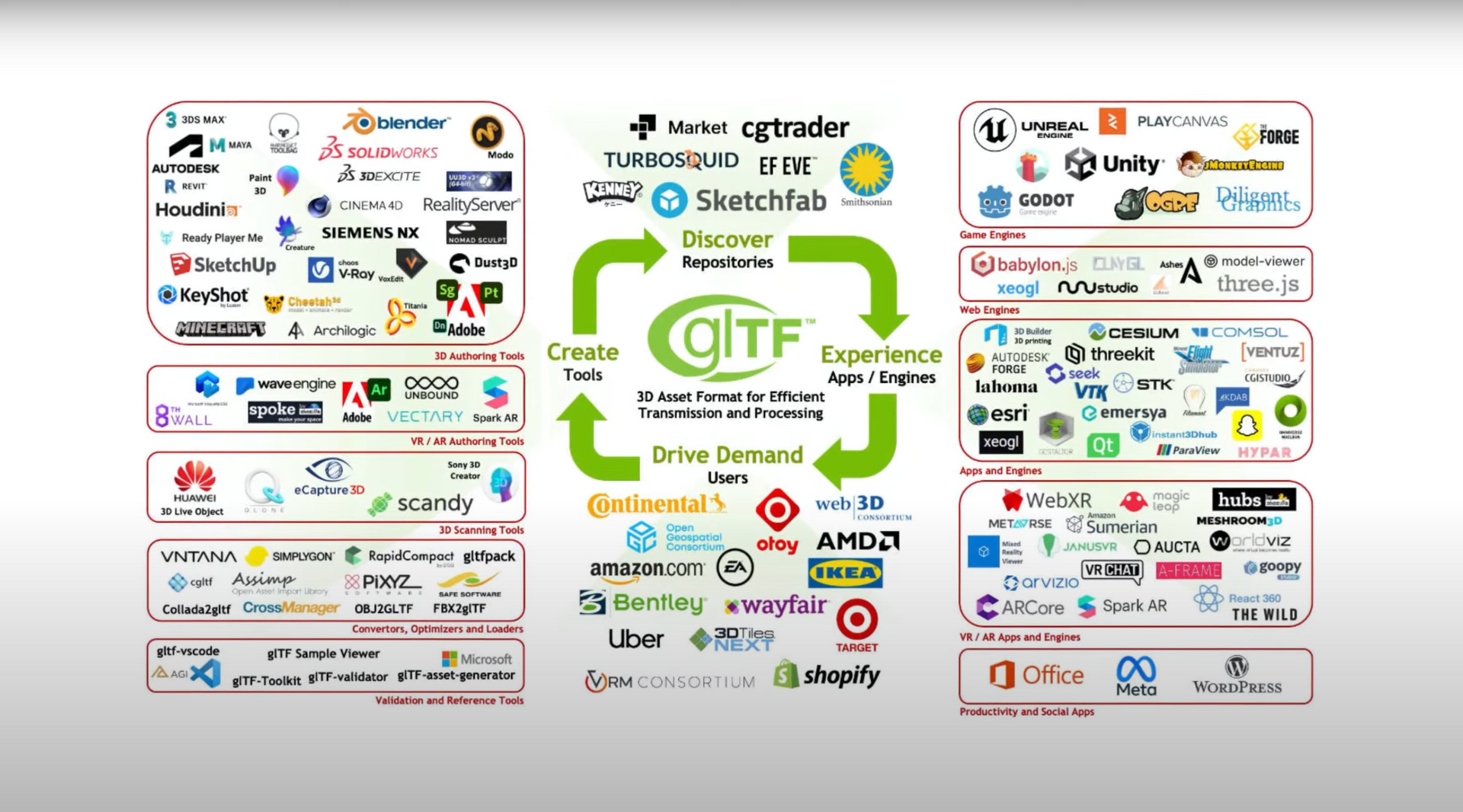
How to Get Started with glTF
Tools and Libraries
Diving into the world of glTF is easier than ever, thanks to an extensive range of tools and libraries available. You'll find support for glTF in popular 3D modeling software like Blender, Maya, and 3ds Max. Additionally, libraries like three.js, Babylon.js, and Cesium can help you create and display glTF content in your web applications.
Exporting and Converting
Getting your 3D content into glTF format is a breeze. Most 3D modeling applications offer native glTF export options, and if not, converters like Blender's glTF exporter or the FBX2glTF tool can lend a helping hand. With your content in glTF format, you're ready to conquer the 3D world!
Conclusion
In conclusion, glTF files are revolutionizing the way we interact with 3D content. Their compact size, efficient transmission, and versatile functionality make them an invaluable asset in the worlds of virtual reality, 3D modeling, and online visualization. With a growing ecosystem of tools and libraries, there's never been a better time to embrace glTF and unleash the full potential of your 3D creations.
FAQs
What is glTF, and why should I use it?
glTF is a royalty-free, open-standard file format for the exchange of 3D scenes and models between applications. It offers compact file sizes, efficient transmission, and versatile functionality, making it perfect for real-time 3D applications.
How do I convert my existing 3D models to glTF?
Most 3D modeling software offers native glTF export options. If not, you can use converters like Blender's glTF exporter or FBX2glTF to convert your files to glTF format.
Can I use glTF in my web applications?
Absolutely! Libraries like three.js, Babylon.js, and Cesium make it easy to create and display glTF content in web applications, enabling interactive 3D experiences online.
Is glTF suitable for virtual and augmented reality applications?
Yes, glTF is ideal for VR and AR applications due to its compact file size and efficient transmission capabilities, ensuring smooth and immersive experiences.
Who developed glTF, and is it widely supported?
glTF was developed by the Khronos Group, the same organization behind the popular OpenGL standard. As an open standard, glTF enjoys wide support among 3D modeling software, game engines, and web libraries, ensuring compatibility and ease of use across a variety of platforms and applications. So, rest assured that when you choose glTF, you're in good company!
TALK TO A PRO
We're here to bring your brand to life!
Stay Connected with BrandXR
Create Augmented Reality for Free!
Create, Publish, and Measure 3D Augmented Reality Experiences Without Having to Code.
